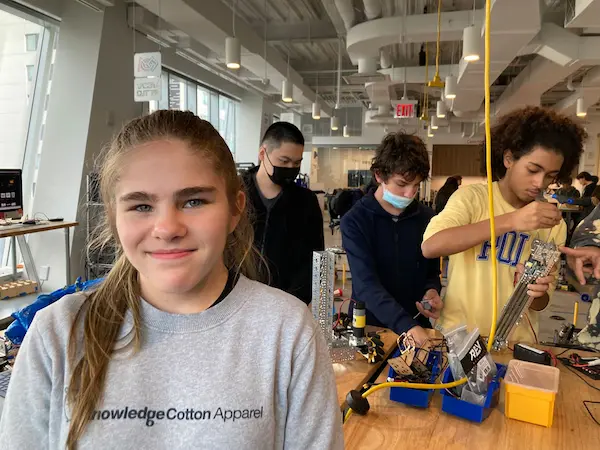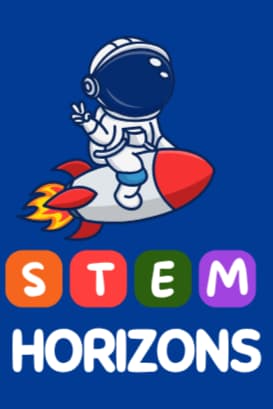Introduction
In today’s fast-paced world, preparing high school students for success means equipping them with the skills and knowledge they need to thrive in an increasingly technology-driven society. STEM (Science, Technology, Engineering, and Mathematics) education provides the foundation for students to excel in fields that are shaping the future. Here’s why it’s so crucial for high school students:.
Hands-On Learning:
STEM education emphasizes hands-on, experiential learning. High school students engage in exciting experiments, projects, and activities that bring STEM concepts to life. Whether it’s building robots, conducting chemistry experiments, or coding programs, hands-on learning makes STEM subjects more engaging and accessible.
Critical Thinking and Problem-Solving Skills:
In STEM classes, students learn to think critically and solve complex problems. They develop the ability to analyze data, evaluate evidence, and draw logical conclusions. These skills are invaluable not only for success in STEM fields but also for navigating challenges in everyday life.

Through inquiry-based learning and experimentation, students learn to analyze data, evaluate evidence, and draw logical conclusions. Whether they’re designing experiments in a biology lab, coding algorithms in a computer science class, or building prototypes in an engineering workshop, students are constantly challenged to think creatively and adapt their thinking to solve complex problems
STEM Career Paths: Exploring Opportunities Beyond High School
The field of STEM offers a vast array of career opportunities across various industries, from healthcare and finance to engineering and cybersecurity. With the rapid advancement of technology and the increasing demand for STEM professionals, students with backgrounds in STEM are well-positioned to pursue rewarding and high-paying careers
| STEM Job | Starting Salary (USD) | Demand in 2025 |
|---|---|---|
| Software Developer | $60,000 – $80,000 | High demand |
| Data Scientist | $70,000 – $90,000 | High demand |
| Mechanical Engineer | $55,000 – $75,000 | Moderate demand |
| Registered Nurse | $65,000 – $80,000 | High demand (in healthcare) |
| Environmental Scientist | $50,000 – $70,000 | Moderate demand |
Note: Salary ranges can vary based on factors such as location, education level, and years of experience. The demand for these jobs is based on projected job growth and industry trends in 2022.
Overcoming Challenges: Strategies for Enhancing STEM Education
While the benefits of STEM education are clear, there are challenges that must be addressed to ensure its effectiveness and accessibility for all students. Limited access to resources, inadequate teacher training, and systemic inequities in education can hinder the delivery of quality STEM instruction, particularly in underserved communities.

To overcome these challenges, stakeholders must work together to invest in professional development for educators, expand access to STEM resources and technology, and create inclusive learning environments that celebrate diversity and promote equity. By prioritizing STEM education and implementing evidence-based strategies, we can empower students from all backgrounds to pursue their interests and unlock their full potential in STEM fields.
Looking Ahead: The Future of STEM Education
As we look to the future, the role of STEM education in preparing students for success in a rapidly changing world has never been more critical. With emerging technologies such as artificial intelligence, robotics, and biotechnology reshaping industries and economies, the demand for STEM skills will only continue to grow.
In conclusion, STEM education is not just about preparing students for science or tech careers—it’s about empowering them with the mindset and skills needed to succeed in the 21st century. For high school students, the impact of a strong STEM foundation can last a lifetime. It shapes how they think, what they dream of becoming, and how they choose to solve the challenges of tomorrow.
By staying ahead of the curve and preparing students for the challenges and opportunities of tomorrow, we can ensure that STEM education remains relevant, engaging, and empowering for generations to come.


Leave a Reply